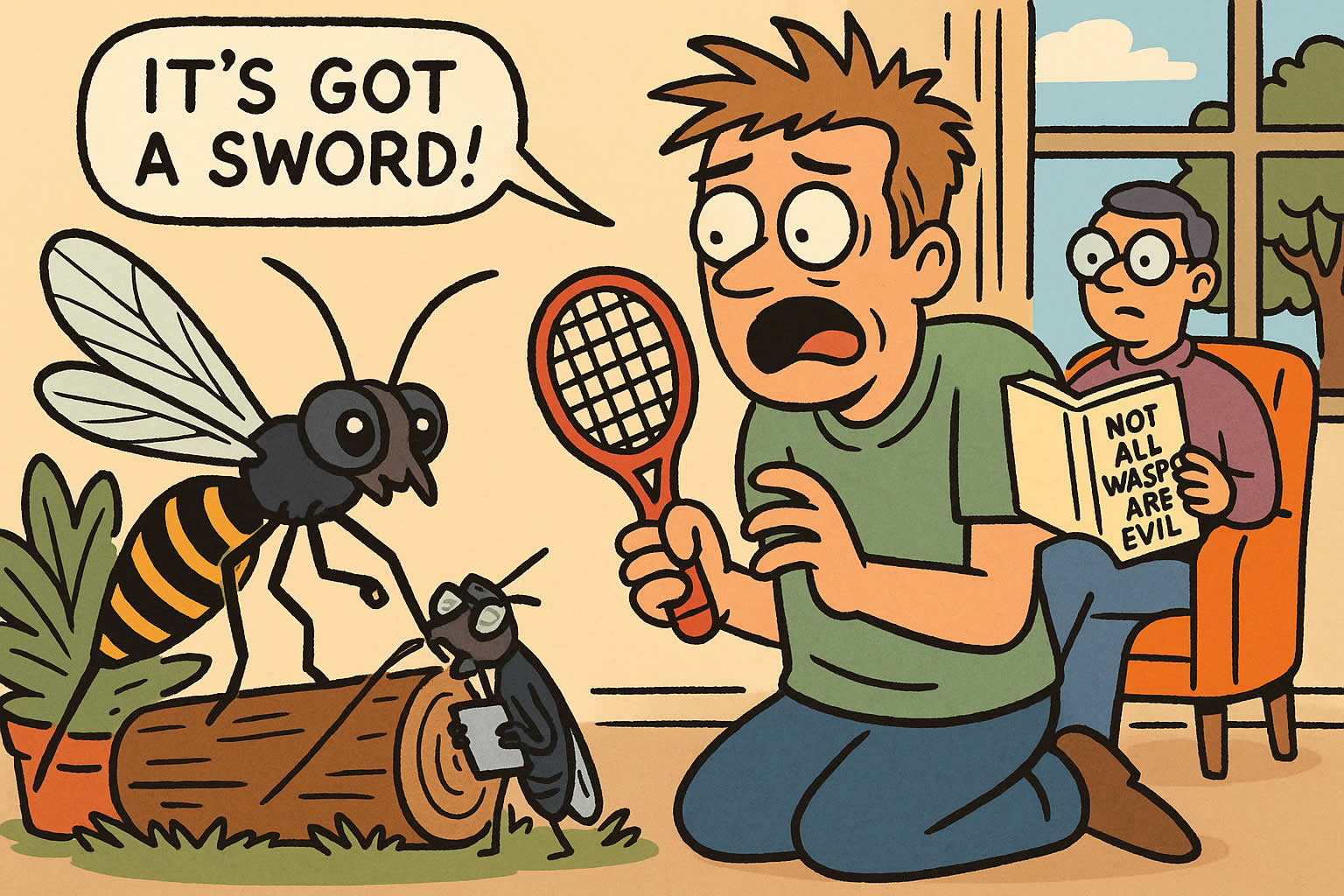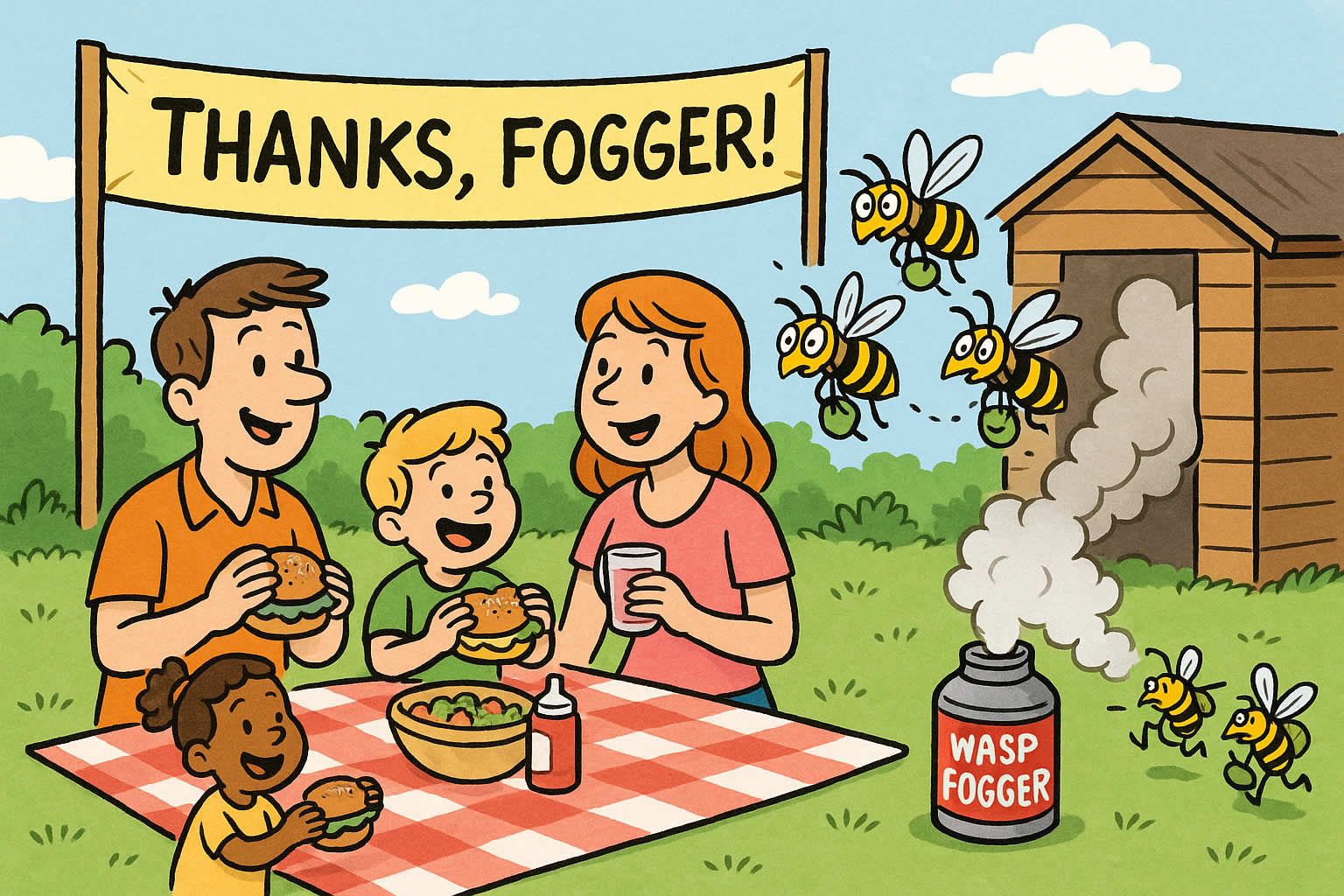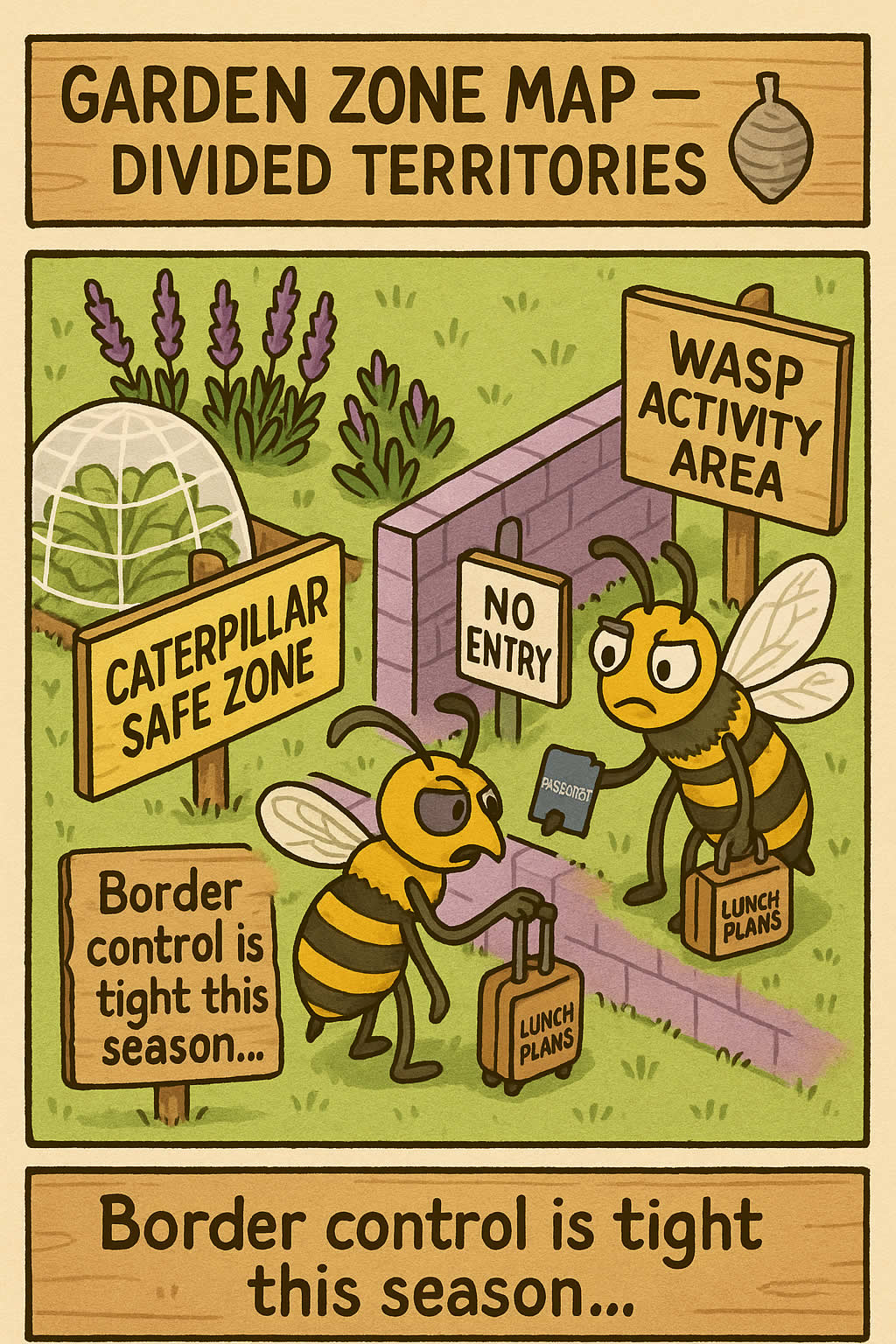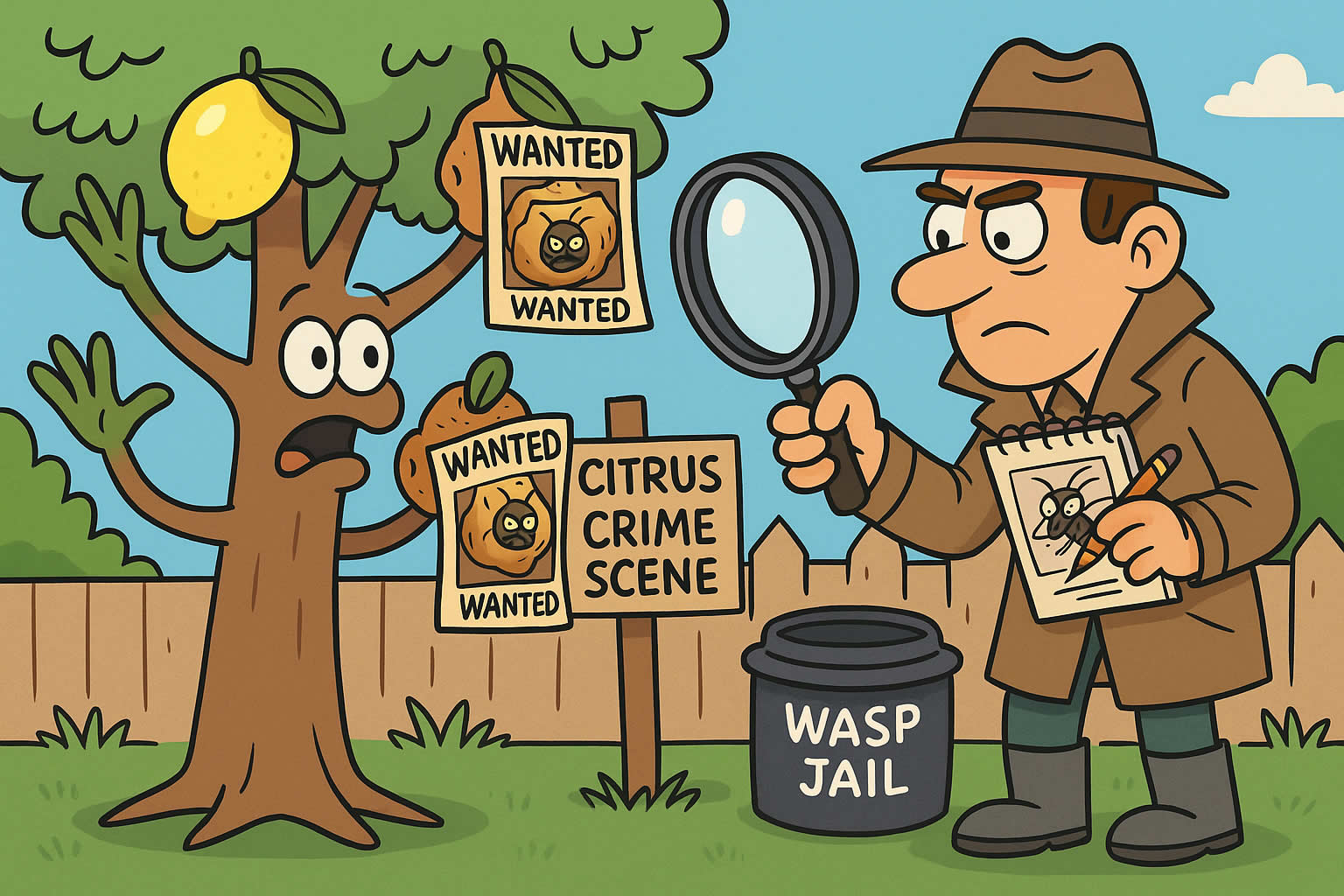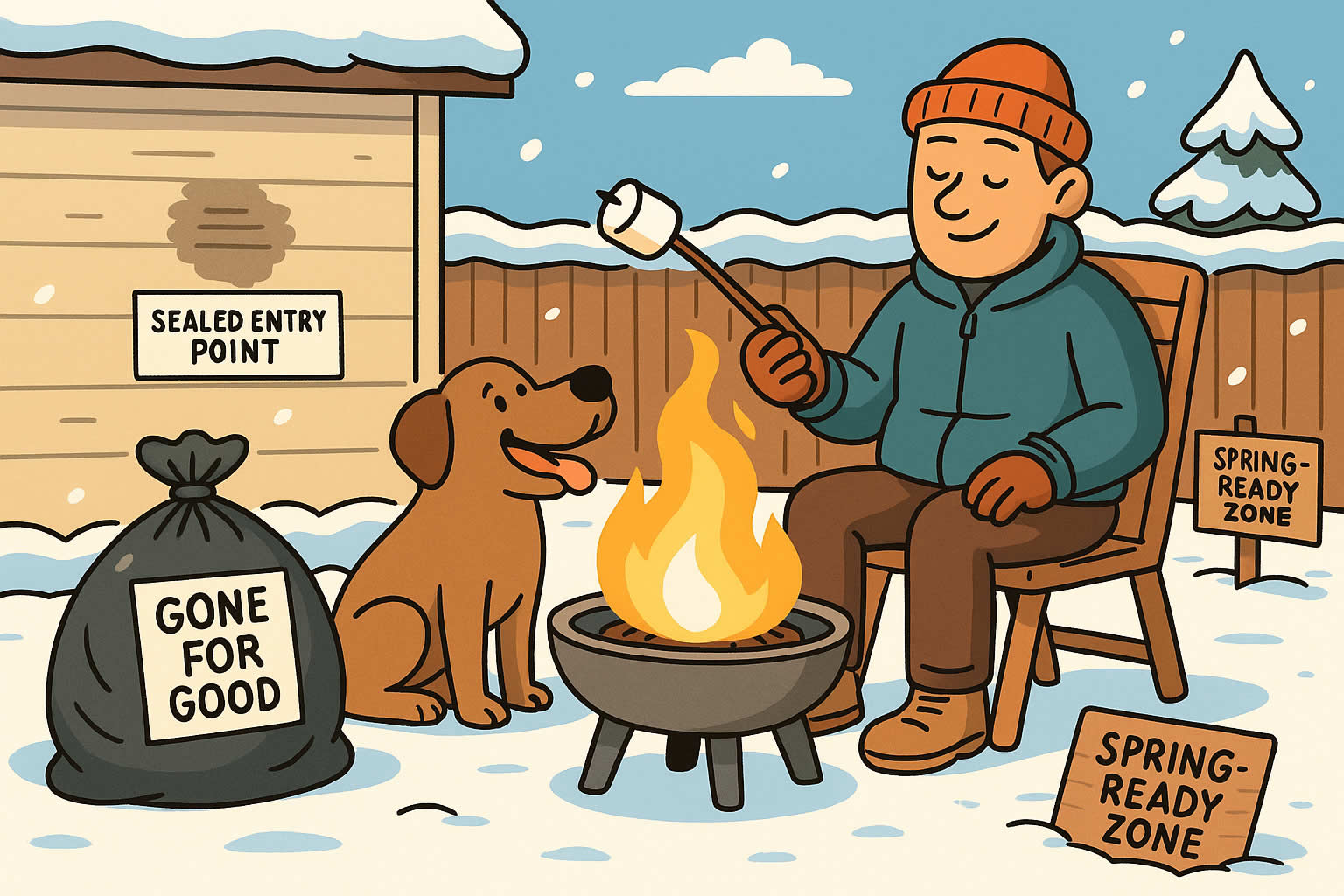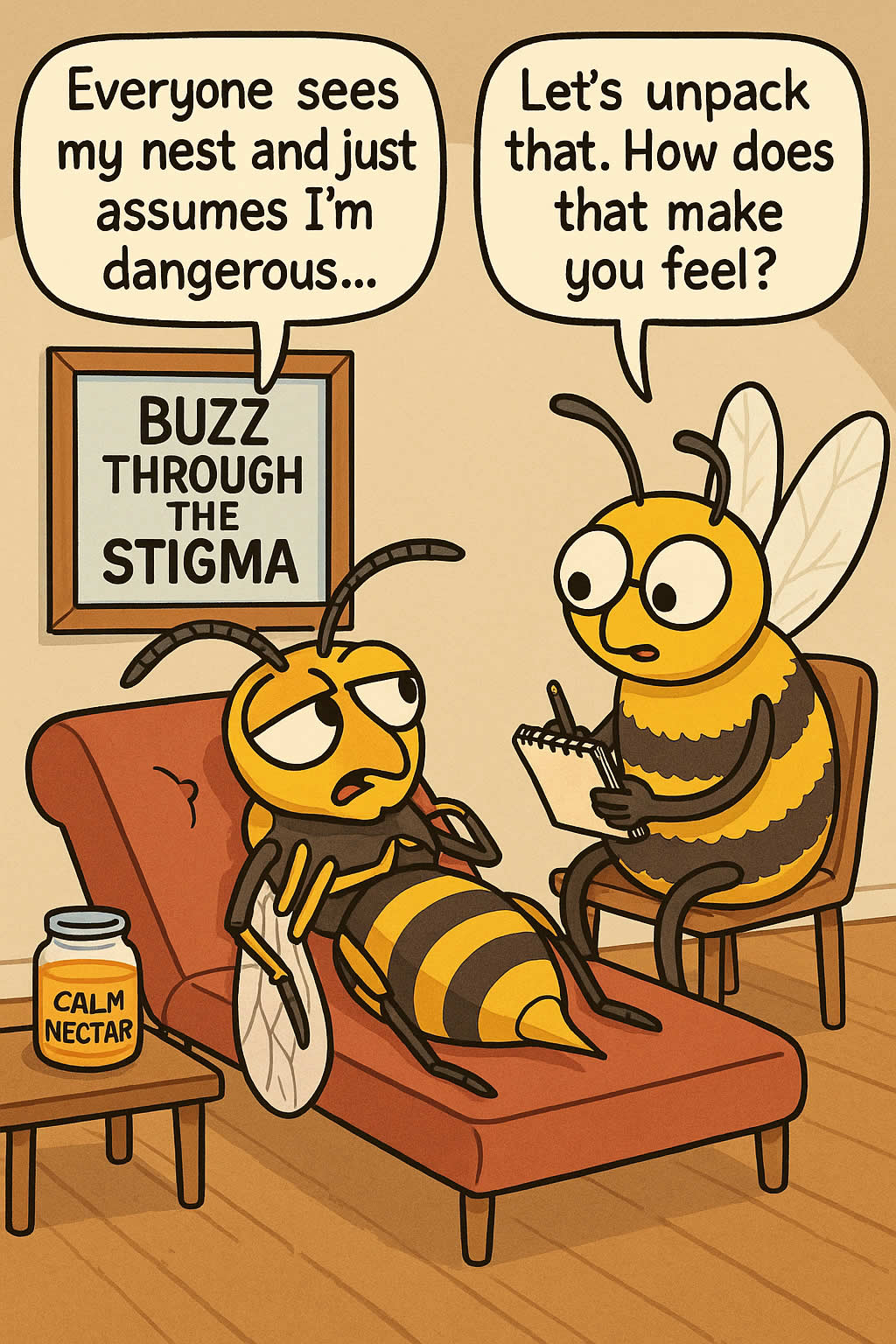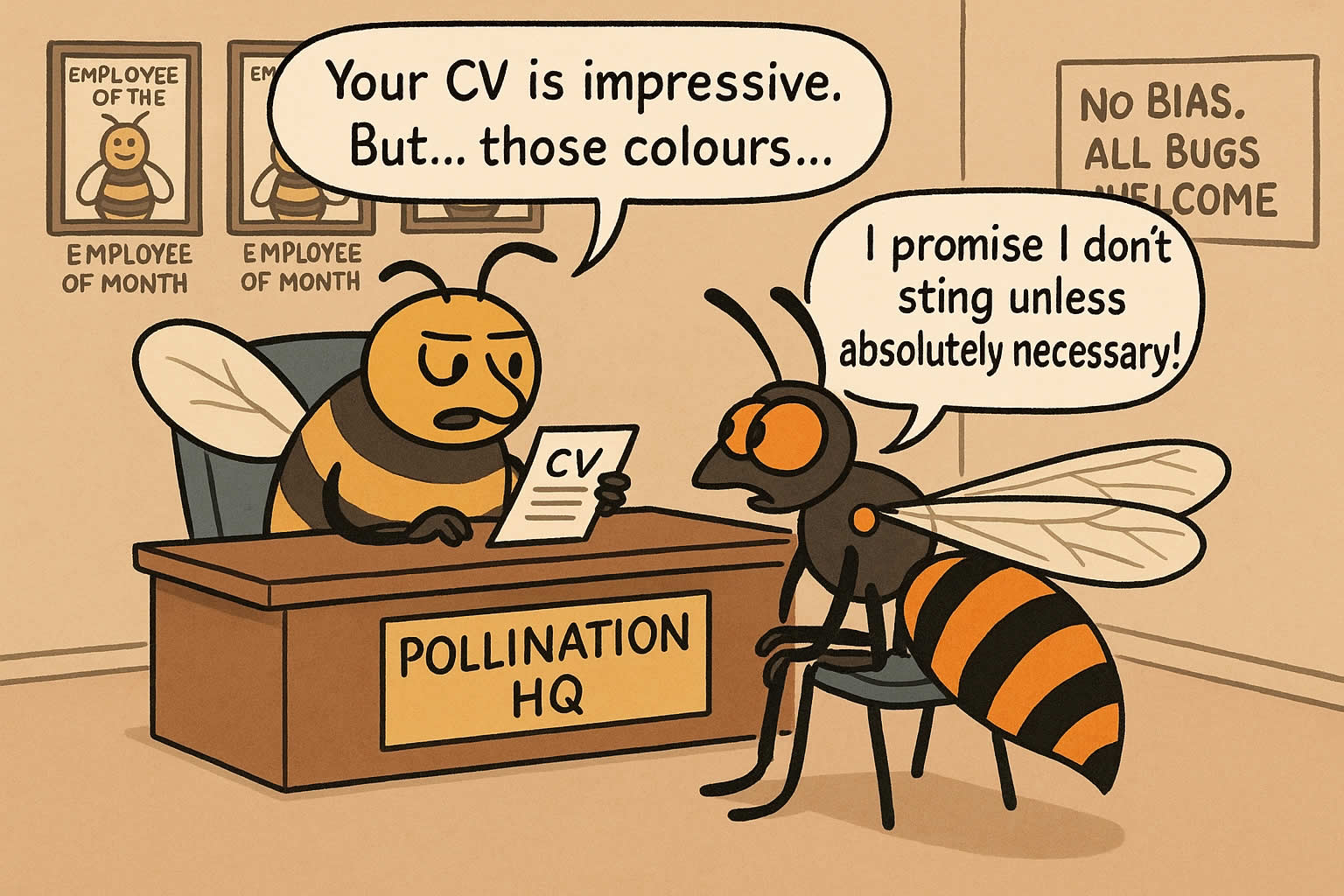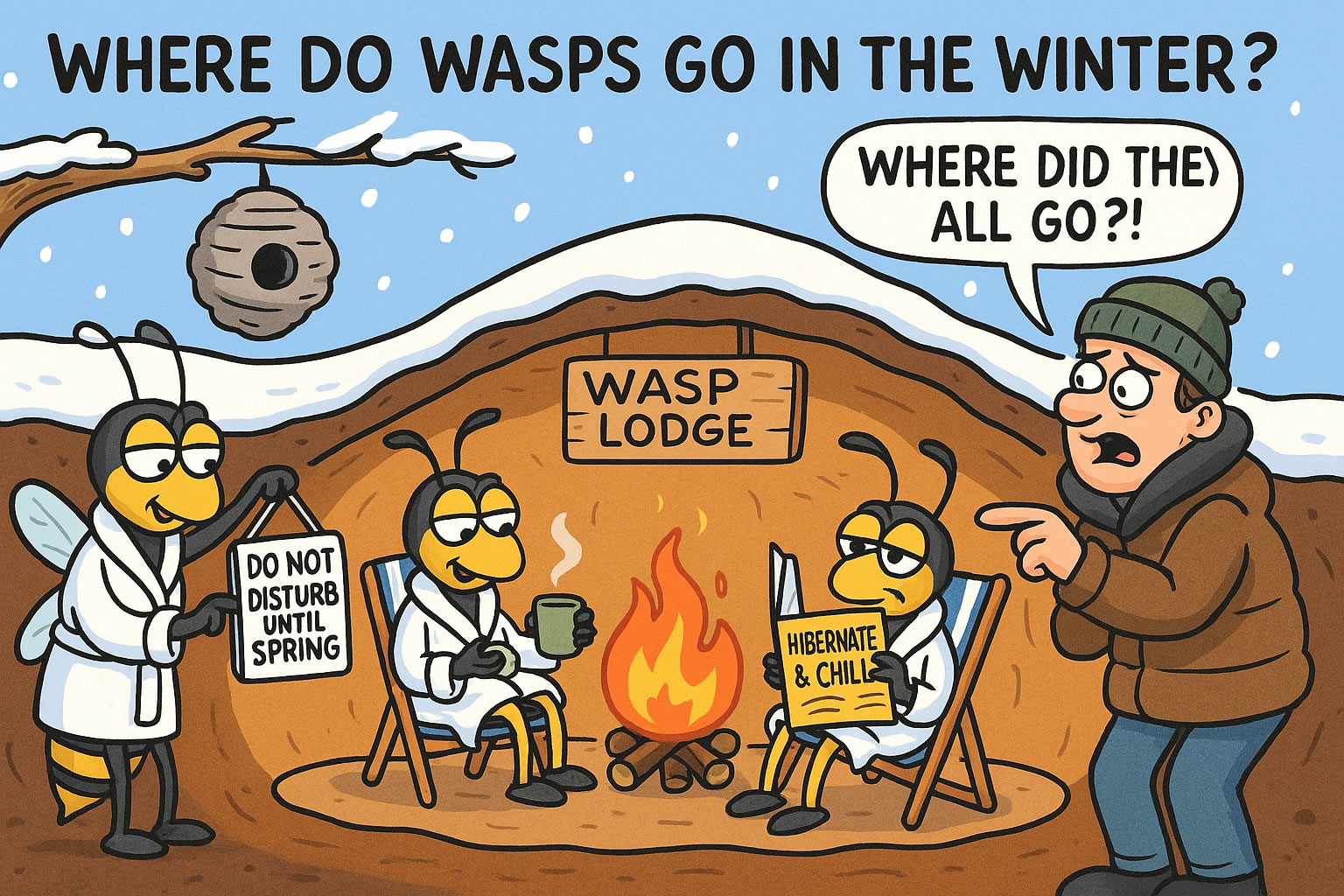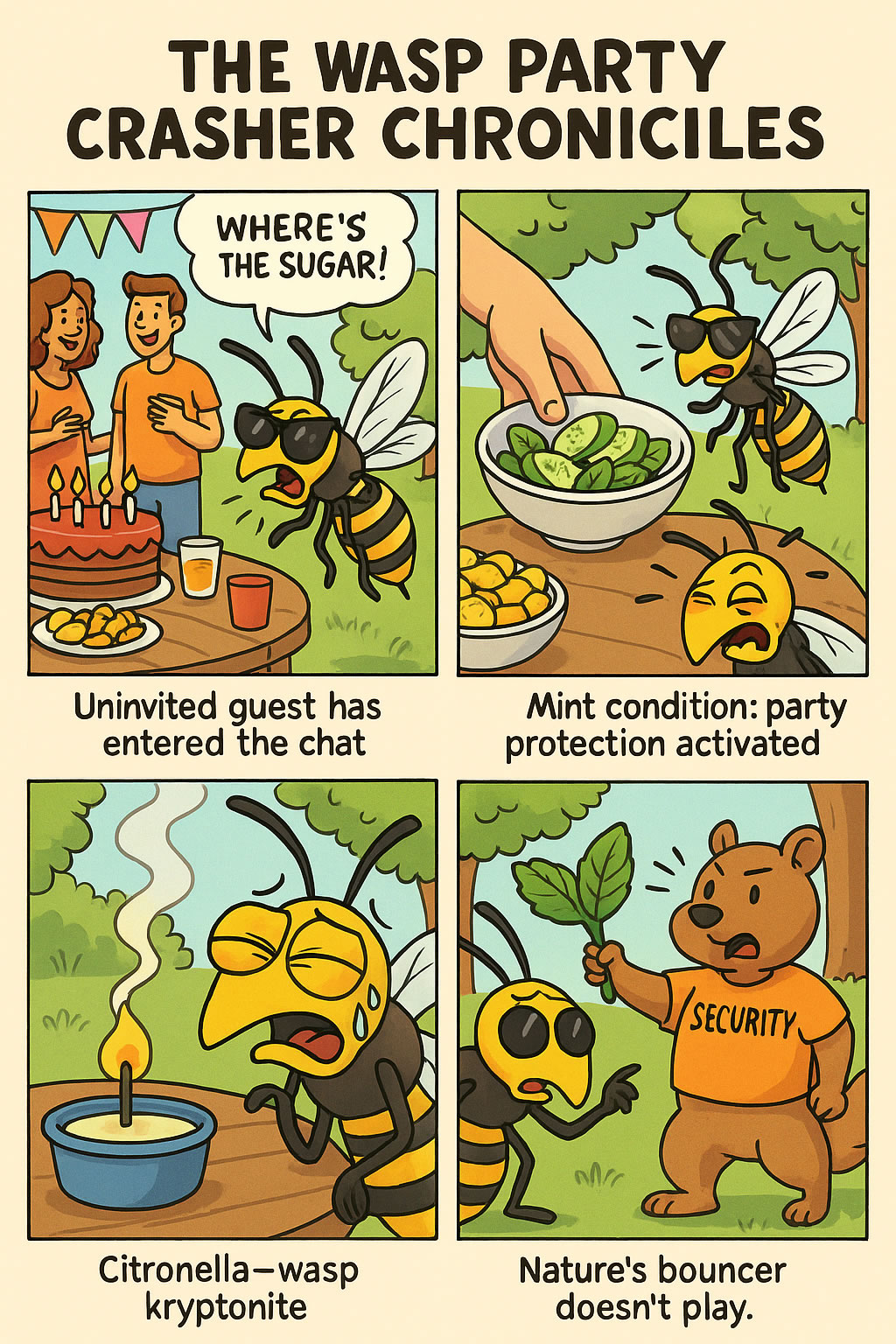Related Queries
ToggleIf you’ve found yourself face to face with a long, thin wasp with what looks like a stinger dragging behind it, you’re probably wondering what it is, why it’s here, and how to get rid of it. That insect is most likely an ichneumon wasp—one of the lesser-known members of the wasp family. They look intimidating, especially if they’re indoors or near your garden shed. And if you’ve got kids, pets, or a general dislike of buzzing things, it’s only natural to want them gone.
But here’s the thing. Not all wasps are pests. Some, like ichneumon wasps, actually play a helpful role in nature. That doesn’t mean you want them flying around your home, though. What matters is understanding when you need to act—and when it’s safe to leave them be. This guide will help you figure out how to handle ichneumon wasps confidently, safely, and without making the problem worse.
Let’s start with understanding what you’re really looking at.
Understanding Ichneumon Wasps
Before you go hunting down nests or spraying insecticide around your windows, it’s important to understand what ichneumon wasps are and what they’re doing around your property. Once you know more about them, you’ll be in a much better position to deal with them calmly and effectively.
What Ichneumon Wasps Look Like
Ichneumon wasps are easy to confuse with other types of wasps, but if you look closely, you’ll spot some key differences. They tend to have long, narrow bodies—often black or brown with hints of yellow, orange, or even red. Their wings are transparent and their antennae are quite long, sometimes nearly as long as their bodies.
The biggest giveaway is what looks like a long, needle-like “tail” coming from the rear. In females, this is the ovipositor. It isn’t a stinger, though it might look like one. The ovipositor is used to lay eggs inside wood or even directly into the bodies of host insects. That sounds creepy, but it’s part of their natural pest-control role.
These wasps can be quite large compared to common garden wasps, and the way they hover or tap surfaces with their ovipositor can seem unsettling. But recognising them is the first step in knowing how to respond.
Why They Appear Around Your Home or Garden
Ichneumon wasps tend to show up where their hosts live. Their hosts are often larvae of beetles, caterpillars, or other soft-bodied insects. If you’ve got a garden with flowering plants, vegetable patches, or compost, there’s a good chance there are grubs or larvae nearby. That means ichneumon wasps might be too.
You might also spot them inside your house—especially if you’ve got gaps around windows, open vents, or wooden structures that support insect larvae. Lofts, sheds, and garages can attract them when they’re looking for places to lay eggs or overwinter.
In most cases, they’re not targeting you or your home specifically. They’re just following the scent or presence of their insect hosts.
Are Ichneumon Wasps Dangerous?
The short answer is no. Ichneumon wasps aren’t dangerous to humans or pets. They don’t sting, and even the long ovipositor on the females can’t be used to hurt you. It’s purely for reproduction.
That said, they can be alarming to look at. Their size and movements make people nervous. If you’re not sure what they are, it’s easy to mistake them for an aggressive wasp or even a parasitic threat. But they’re harmless in terms of physical danger. Their role is more about helping control insect populations in a way that’s surprisingly beneficial.
Even so, not everyone wants them hanging around. And if they’re indoors or becoming a regular sight, it’s time to decide if you need to take action.
Assessing the Need for Removal
Not every ichneumon wasp needs to be removed. In many cases, they’re doing more good than harm. But there are situations where their presence becomes too much—and that’s when it makes sense to step in.
When Ichneumon Wasps Become a Problem
If you’re seeing one or two wasps now and then, and they’re staying outdoors, you probably don’t need to do anything. But if they’re coming inside your home, building up in numbers, or nesting in awkward places, then their presence can feel invasive—even if they’re not dangerous.
You might also notice them lingering around wooden structures like pergolas, fences, or shed walls. If they’re tapping repeatedly on one spot, they may be trying to lay eggs inside. That can be unsettling to watch, especially if it happens near windows, seating areas, or children’s play zones.
The real problem usually isn’t the wasps—it’s the discomfort or stress they cause.
The Role They Play in Nature
Ichneumon wasps are actually one of nature’s pest control agents. Their larvae feed on the bodies of other insect larvae—usually pests like caterpillars, beetle grubs, and sawfly larvae. That means fewer insects attacking your plants or damaging your lawn.
They don’t damage wood like carpenter bees. They don’t build nests in the same way hornets or yellowjackets do. They’re solitary, and once they’ve laid their eggs, they usually move on.
If you’re trying to manage your garden without using pesticides, these wasps can be surprisingly helpful. They cut down pest populations quietly and without chemicals.
Signs You May Want to Act Anyway
There are still times when removal makes sense. If the wasps are getting indoors regularly, that could point to gaps in your windows, vents, or roof. If someone in your home has a phobia or anxiety around insects, their presence—even if harmless—might cause stress.
You might also want to act if you’re seeing multiple ichneumon wasps at once or if they’re hovering around high-traffic areas. If they’re targeting wood near doors or windows, and doing it often, it can become a persistent worry.
At that point, the goal isn’t just to remove them—it’s to stop them from coming back.
Safe and Effective Removal Methods
If you decide that removal is the best option, you don’t need to reach for harsh sprays or call pest control right away. There are simple steps you can take to deal with ichneumon wasps safely, especially since they’re not aggressive.
Physical and Preventive Measures
Start by sealing any small cracks or gaps where wasps might be entering your home. Pay close attention to attic vents, wall joints, windowsills, and door frames. Mesh screens can help stop them getting through vents while still allowing airflow.
If they’re appearing in your shed or garage, inspect the structure. Look for signs of host insects—things like woodworm, caterpillars, or beetle larvae. Dealing with the host population often stops the wasps from showing up.
Keep outdoor lighting to a minimum in the evenings, especially near open doors. Light attracts many flying insects, including ichneumon wasps looking for somewhere to overwinter.
Natural Deterrents and Barriers
You can use natural repellents to encourage wasps to move on. Peppermint oil, citrus oil, and clove oil are all known to be disliked by wasps. Soak cotton balls in a mix of essential oils and place them in corners of sheds, window frames, or lofts where you’ve seen activity.
You can also hang decoy wasp nests in the garden—some species avoid nesting where others have already claimed territory. While ichneumon wasps are solitary, the visual cue may still deter them from certain areas.
Managing your garden also helps. Cut back overgrown hedges, clear compost piles regularly, and avoid letting dead wood pile up near the house. These areas attract insect larvae—and that draws in the ichneumon wasps.
When and How to Use Professional Help
If you’ve tried sealing gaps, clearing the area, and using deterrents, but you’re still getting regular indoor visits or large numbers around the property, it may be time to call a professional.
A licensed pest control specialist can identify where the wasps are entering and inspect for hidden host insects. They’ll be able to recommend treatments that don’t harm beneficial insects unnecessarily and will focus on resolving the root cause.
It’s important to explain that the wasps aren’t nesting in colonies like other social species. Professionals will usually treat this as a minor nuisance unless there’s evidence of something more serious nearby.
Long-Term Prevention and Management
Once you’ve cleared the current issue, you’ll want to make sure they don’t come back in numbers. That means creating an environment that’s less inviting—not just for ichneumon wasps, but for the insects they rely on.
Maintaining a Wasp-Unfriendly Environment
Start with simple things. Keep garden lights dim at night, close doors and windows when possible, and store garden tools or materials in sealed sheds. Don’t leave gaps or open vents around your property, especially as winter approaches.
If you’ve had wasps indoors, check your loft insulation and roofline for small entry points. Use expanding foam or wire mesh to block off gaps without affecting ventilation.
Keep bins sealed, avoid letting fruit rot outdoors, and don’t leave stagnant water sitting near the property—these things don’t directly attract ichneumon wasps, but they bring in other insects that might.
Monitoring Garden Habitats
If you’re a gardener, this part matters. Keep an eye on signs of insect infestations in your soil or plants. Regular weeding, compost turning, and basic garden hygiene can reduce the number of pest larvae present. Fewer larvae mean less reason for ichneumon wasps to hang around.
You don’t have to eliminate all insects. The idea is balance—keeping things under control without tipping the scales too far.
Balancing Pest Control and Biodiversity
It’s tempting to wipe out anything that buzzes, but ichneumon wasps are actually part of a larger ecosystem. They help keep populations of destructive insects in check. By managing your space rather than sterilising it, you keep that balance in place.
Try to avoid using broad-spectrum insecticides—they might kill the wasps, but they’ll also harm bees, butterflies, and other beneficial insects. Natural deterrents and good maintenance often go much further with fewer side effects.
Our Final Say!
Ichneumon wasps can look intimidating, especially with their long ovipositors and twitchy movements. But they’re not here to hurt you—they’re here because they’ve found a food source nearby. That food source is often a pest in your garden or woodwork.
In many cases, you won’t need to get rid of them at all. But when their presence starts to affect your comfort or peace of mind, you’ve got options. Sealing entry points, removing attractants, and using natural deterrents can all help. And when in doubt, calling a professional gives you peace of mind.
So if you’ve spotted one or two around your garden shed or loft window, take a moment to pause. With the right knowledge and a few simple steps, you can deal with them confidently—and keep the balance between nature and your home just right.
Bed Bug Removal Greater Manchester – Squirrel Removal Herefordshire – Pest Control Worcestershire
